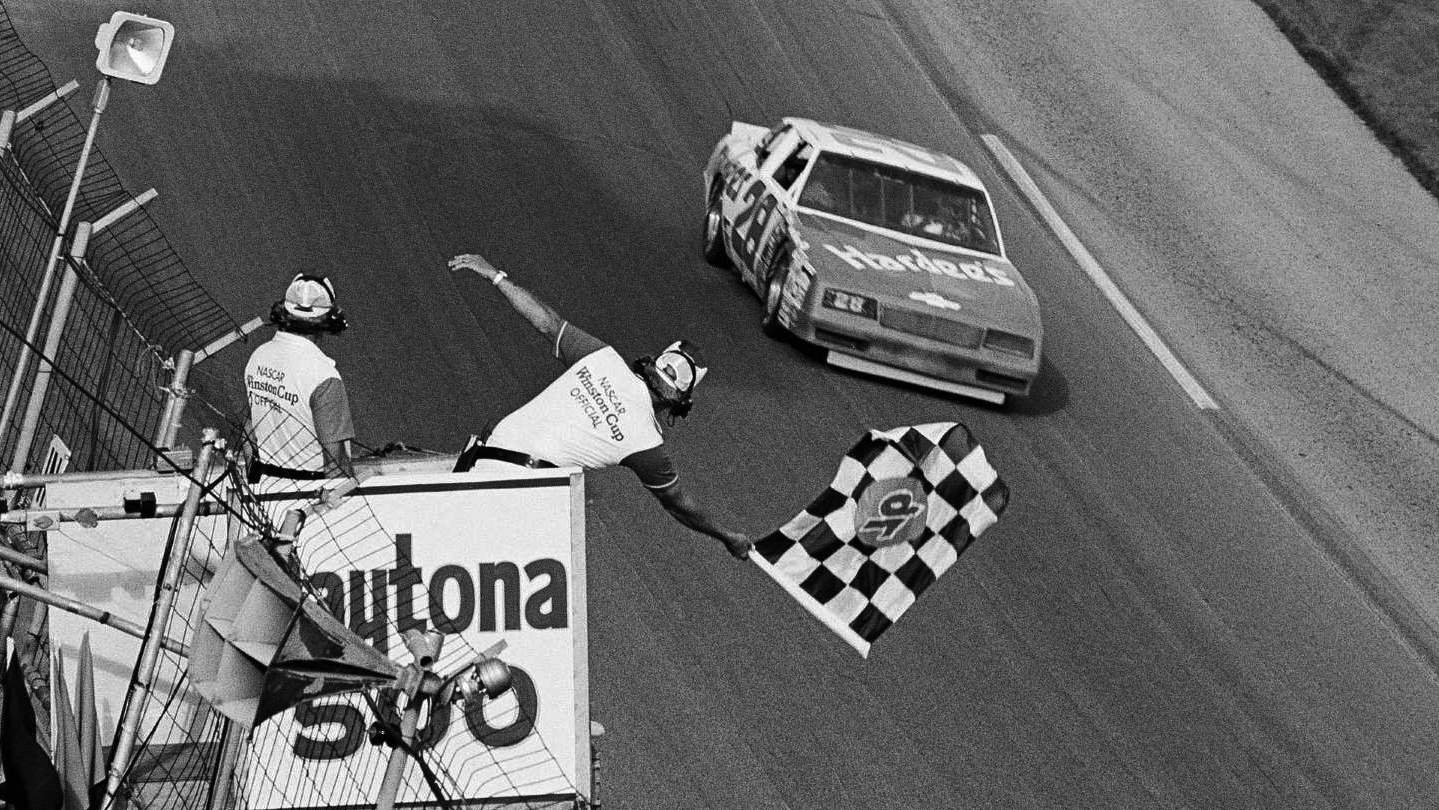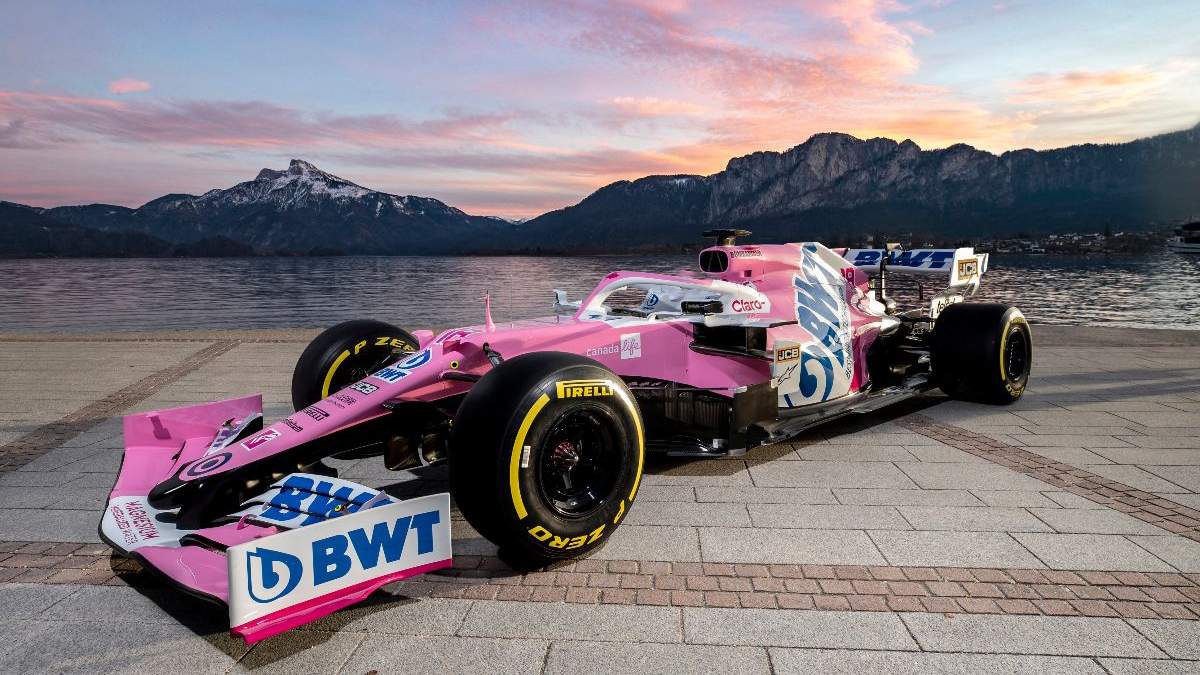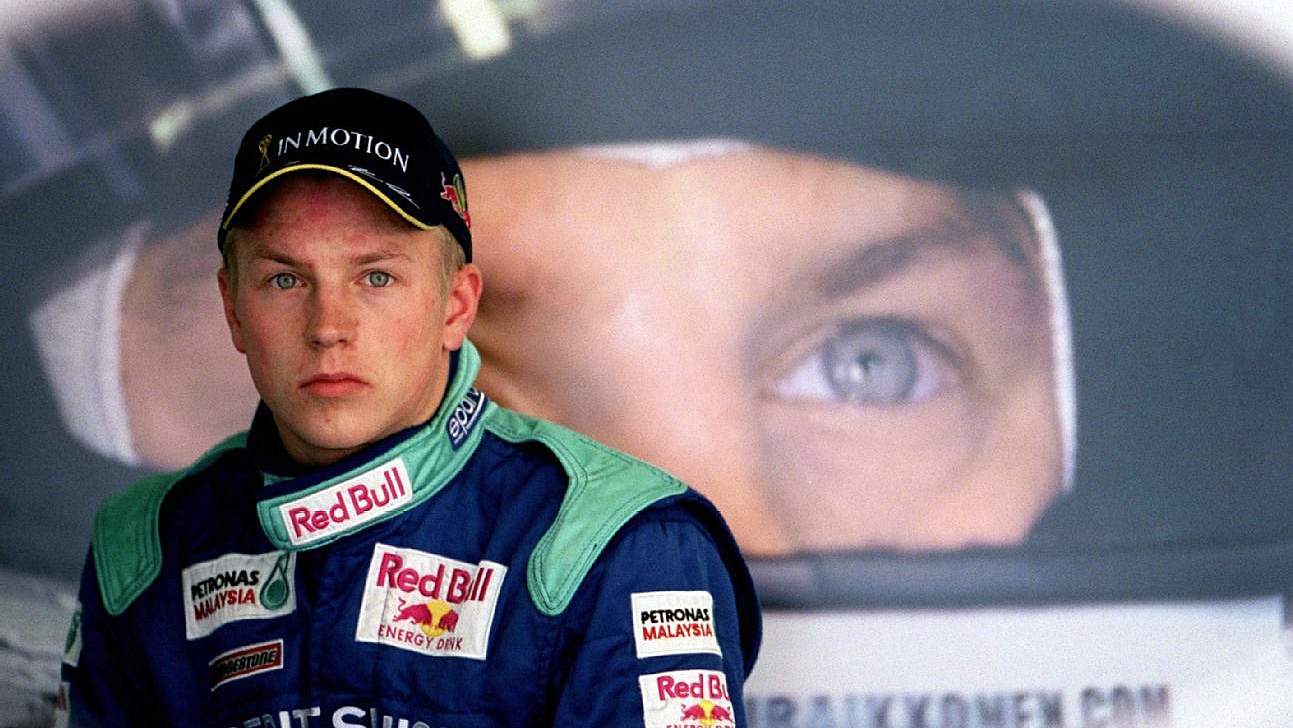
19 February: Today In Racing
Read More
Racing is all about the Points for the future Aston Martin F1 team
Read More




Excitement is building ahead of the first Formula 1 tests of the new 2020 season in Barcelona this week, for me this time of the year evokes an animal instinct from deep within — to drop everything else, whether it matters or not and focus only on the happenings down Catalunya way. I suppose I have very good reason for those deep rooted instincts though…
Way back in the ’seventies when I was still a race-mad kid in junior high school, paradise would come to town at about this time of the year. Back then, the South African Grand Prix happened on the first Saturday of every March, but the teams would come down a fortnight early and test through the third week of February. So inevitably on every third Tuesday of February, guess who would appear, like clockwork in the sick room?
My dad would fetch me and we’d spend the day at Kyalami, after which I’d beg, steal or borrow my way to the track and hang around behind the pits and around the track, mesmerised by the goings on through the following fortnight. Then one of those glorious afternoons, a family friend, my grandfather’s old mate from when they both owned ‘60s South African Formula 1 teams, Jack Nucci asked me what the hell I was doing at the track? Why I was wasting my time? I shat myself but then he said, “Come with me — we have a job for you.”
This can’t be true
Bewildered, I followed Nucci into the Ferrari pit. “Jesus Christ!” I thought. “This can't be true?” next thing I was shaking Mauro Forghieri’s hand before he took me over to Marco Piccinini. They chatted a little and there was a little nodding. Then Forghieri asked what time I could be there next morning? Needless to say, I was there well before dawn. My job was to man the Heuer timing cells at the end of the main straight and log the maximum speed of every car that came through on a sheet on a clipboard...
Thus began a glorious ten Februaries — I was just sixteen, but I was working with Ferrari!
Once we knew the drill, they’d give us a Fiat 128 and we’d drive down to the demarcated spot a little beyond the old Kyalami top speed tower, reverse behind the armco, set up the cells and sit the in the car or under a brolly all day as we listed the times. At lunchtime, we’d give Norah Tyrrell or Jean Sage a lift on an easy lap around to the box — you may have seen the old photos of the guys sitting on the side pod of a T2, T4 or 126C eating pasta from a plate on the tyre...?
Then we’d go back to the job for the afternoon. That went on until the Thursday evening, when would work through 'til Saturday afternoon before buzzing off to the Cape to drink wine, or to the bush for a safari. They’d return on Wednesday, in time to set up for official practice, quali and the race on Saturday.
There, my job was the lap chart and all that went on for ten years, every February, until the last race at the old track in ’86 I think it was. There’s more to that story, but the point is I think there's good reason why I kinda get silly this time every F1 season!
Back then, it was common for the teams to escape the European winter and head to the flyaway midsummer southern hemisphere races two weeks early, to do their testing at Rio, Interlagos and Kyalami, in the lead up to those grands prix. It was a very different world — testing was pretty free and open and smaller teams would head to the airport in just two cars, because there were eight test team members travelling away!
Tough on the teams
It was tough though — race mechanics did all the testing too, in spite of the often extreme night and day work demands, mostly in searing heat. They lived out of suitcases from hotel rooms they'd often not even see when they had to work through the night to get the job done. Testing soon evolved — teams were soon testing two cars in the early-'80s turbo era, one dedicated to endurance and engine testing and the other to develop set-up. Both would be completely stripped every evening, inspected, crack tested and the rest and reassembled for the next morning.
There was no bench testing, not even computers those days — everything had to happen on track and it was all manually recorded in an exhaustive process, with a significant amount more assumption involved in the design process of the car. So testing was absolutely crucial.
Over the years F1 winter testing has become more centralised and controlled to the point that there are just six days of it this year — modelling, bench testing, profiling, huge databases, simulation and the like today allows huge teams of engineers to predictive-develop cars to the point where that those six days of running are actually enough to prove and hone the new machinery.
Today's pre-season tests are also limited to Barcelona's Circuit de Catalunya, but it has not always been that way. As noted, Kyalami, Interlagos and Rio used to be the standard, where stories still abound of local race teams, engineering shops and mechanics pulling off miracles to get a compromised visiting F1 car back on track, never mind tales of wild parties and colonial thrills, but over time the tests moved closer to home and strategically nearer to European team bases.
Also in Spain, Jerez and Valancia were always popular F1 test venues and both hosted several official F1 tests over the years thanks to their mild Mediterranean winter climate and great track conditions — Valencia’s Ricardo Tormo was a fan favourite with most of circuit visible from the stands. Portuguese tracks Portimao and Estoril, as well as Paul Ricard in France were similarly popular for similar reasons over the years.
Two test tracks
Ferrari still owns two test tracks. Quite literally the back yard of Ferrari's Maranello F1 factory, the Scuderia's Fiorano was where Enzo so loved to watch his race cars test from his on site office, while Mugello was the Scuderia’s preferred track back in the heady days of unlimited testing. Other Italian venues such as Monza and Imola, have also been popular test tracks over the years, while tight Vallelunga near Rome was a preferred track to prepare for the Monaco Grand Prix. Even Bahrain has proven a popular F1 test venue in recent years.
There are so many astounding Formula 1 test stories over the years too — I recall our astonishment the instant that Jean-Pierre Jabouille smashed the all-time closed circuit top speed record down the Kyalami straight — our times were immediately ratified when the French fellow in yellow monitoring the Regie’s speeds emerged from the Renault 5 parked behind our Fiat 131, bouncing about in joy!
Never mind that some teams’ incredible pace once caused McLaren's Ron Dennis to call the annual test circus the Winter World Championship, as he mocked Ferrari for failing to replicate its ‘80s test form once the real World Championship commenced. If Ferrari’s times were impressive back then, Eddie Jordan’s 1991 antics were perhaps far more notable, when Winter World Champion Bertrand Gachot failed to show anything near that sort of pace throughout the following season.
The all-time Winter World Champions however have to be Prost Grand Prix, which shot to glory when Jean Alesi topped the 2001 pre-season testing charts aboard the new Ferrari-powered AP04. Alas, Alesi could not come within three seconds of Michael Schumacher’s Aussie GP pole time once that season started, never mind the team managed to amass a total of just four points through the entire year after that, promoting discussion of a certain level of future winter test etiquette!
Blinding winter testing pace is however not always the sign of a team crooking the books, so to say. There have been a few clear warnings of stupendous race pace that first manifested in the pre-season. Principal among those was when Ross Brawn took over the departing Honda team for 2009 and slotted Mercedes engines into his new chassis, with which Jenson Button and Rubens Barrichello proceeded to dominate winter testing times before Button rushed off to one of a dominant shock world championship thanks to the team’s pioneering double diffuser.
Revelations
Among many other speedy speedy revelations that not even teams’ sandbagging managed hide over the years, winter testing still revealed the forthcoming pace of Williams’ early-90s active suspension and far more recent ‘default device' heated rims, never mind Ferrari’s ‘80s auto gearbox and other prize F1 inventions. Red Bull’s RB6 was another to hint at its foreboding pace to come despite the team going as far as disguise aspects of the machine in an effort to divert attention from its pace due to a clever double diffuser that would help it to its first world title.
Speaking of that Red Bull camouflage, skulduggery is another Winter World Championship favourite. Like when Alain Prost donned Eric Comas’ helmet and gear to disguise who was driving as he evaluated another possible comeback in his own car and Sauber referred to the driver in the white helmet as ‘Eskimo’ in an effort to divert the bigger teams attention from its new find, Kimi Raikkonen, among some monumental winter testing smoke and mirrors and sandbagging over the years, especially when a team was trying to mask a real pace advantage.
Winter testing has often on the other hand also outed a Formula 1 lemon well ahead if its time. That happened to Red Bull four years after it was trying to hide its pace when the team arrived with some spring in its step to test its first modern era turbo-hybrid car. But four time reigning world champion Sebastian Vettel struggled with a recalcitrant car and a troublesome Renault power unit, while Mercedes was not only extra strong out of the box, bit it went from strength to strength during the tests throughout the following six seasons of this current F1 rules set.
Mercedes has more recently managed to quite successfully play that pace down with a little propaganda to go with the sandbagging, like last year when Lewis Hamilton’s tales of woe and apparent absent pace all of a sudden turned one-eighty come race weekend.
So yes, there is very good reason why I, for one go on tilt at this pre-season F1 testing time of the year and I trust you too simply cannot wait for it all to start, all over again come Wednesday morning.
I for one will be waiting from long before dawn every day — that’s a habit I just can not shake!